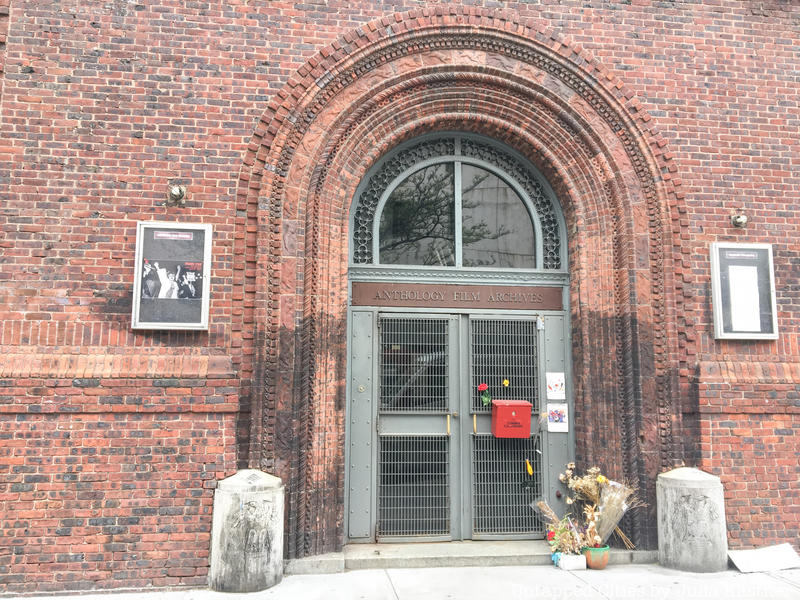7. Third Magistrate’s Courthouse | Anthology Film Archives

Sitting on the corner of Second Avenue and 2nd Street is a fortress-like building with large arched windows designed by Alfred Hopkins. The imposing aesthetic of the structure is intentional since its original purpose was to serve as a courthouse and prison. Hopkins modeled this Renaissance Revival style building after prisons in Europe and designed other penitentiaries around the United States. Original floor plans reveal that the first floor was dedicated to prison cells and the large courtroom and waiting area were on the second floor. Completed in 1919, the Third Magistrate’s Court House replaced the Municipal Court building on Madison Street, the Ludlow Street jail, and the Essex Market Courthouse and district prison. In the early 20th century, as the lower east side experienced rapid population expansion and a surge in gang related crimes, many famous offenders found themselves at the courthouse on 2nd and 2nd. In 1923 gang leader Nathan “Kid Dropper” Caplin was shot and murdered outside the building by rival gang member Louis Cohen. Presiding Judge Alfred Talley called the incident “the most flagrant murder committed within my memory in the city of New York.”
The Third Magistrate’s Court House occupied the building until 1946 and became the Lower Manhattan Magistrate’s Courthouse in 1948. After a long period of neglect the building was given new life as the Anthology Film Archives. After alterations designed by Raimund Abraham and Kevin Bone were made, the building was adapted to house the Anthology’s collections of avant-garde and experimental cinema, one of the world’s largest collections of its kind. Once the nearly $1.5 million restoration was complete in 1988, Anthology opened to the public with two motion picture theaters, a reference library, a film preservation department, offices, and a gallery. Anthology hosts film screenings and festivals and is dedicated to “the preservation, study, and exhibition of film and video, with a particular focus on independent, experimental, and avant-garde cinema.”





